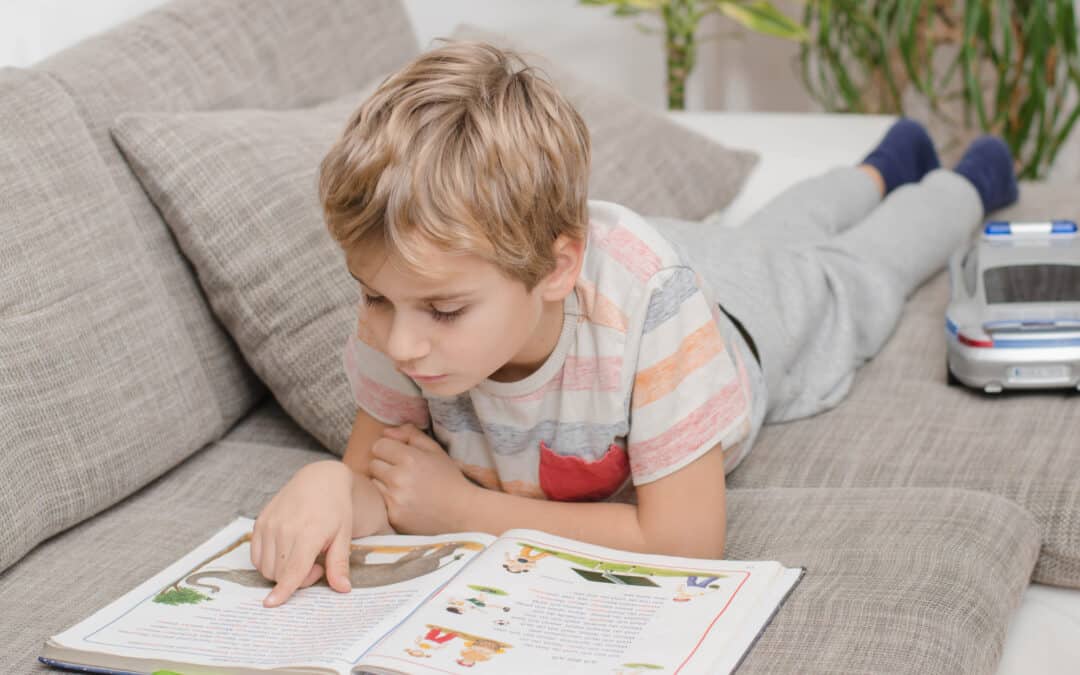Do your kids need dental work such as root canals or cavity fillings? Are you wondering how sedation for dental work is used for minors?
Believe it or not, kids’ sedation dentistry has come a long way. It can offer your child a pain-free, positive experience that will have them paying happy visits to the dentist for years to come.
Here’s why the best pediatric dentist in your area will be using kids’ sedation dentistry.
When Will A Pediatric Dentist Use Sedation For Dental Work?
Your pediatric dentist will be more likely to use sedation for major procedures, such as tooth extractions or root canals. If your child is extremely sensitive and getting a cavity filled, your dentist may also choose to use some form of sedation.
Patients with extreme anxiety may get sedated before a dental exam or cleaning. Some kids also have very sensitive dental nerves. It’s important to talk over your child’s needs and procedures before making a decision about whether or not sedation would be beneficial.
What Common Types Of Sedation Does A Pediatric Dentist Use?
Your pediatric dentist may choose to use one of several different types of sedation. One of the most common types is nitrous oxide or laughing gas.
With this type of sedation, your child will inhale a combination of nitrous oxide and oxygen through a mask. Your child will remain awake throughout the procedure.
Nitrous oxide can help your child remain calm during routine cleanings or more involved procedures. It’s sweet-smelling and colorless, with no long-term side effects. After the gas is turned off, it will take only about 5 minutes for the gas to wear off.
It’s important to make sure that your child doesn’t have a full stomach before getting nitrous oxide. This could lead to some nausea after the procedure. It’s also important to let your dentist know if your child is taking any other types of medication.
Nitrous oxide should be used only after children are mature enough to follow directions. They need to be able to inhale the gas through their noses property. And the majority of children won’t actually “laugh” during the procedure!
Another common type of sedation is with a pill or liquid. These will not put your child to sleep but will keep them relaxed throughout the procedure.
Oral sedatives work great if your child has an extremely sensitive gag reflex. It can help your dentist to perform the procedure safely and accurately.
Are There Any Other Types of Sedation?
IV sedation is also sometimes used for pediatric dental work. This might work well as long as your child isn’t scared of needles.
IV sedation results in immediate relaxation on the part of your child. It can help them endure the procedure without fear or pain.
In some cases, general anesthesia may also be applied. This is especially helpful when your child is extremely anxious or finicky. This type of anesthesia is also used when younger children are having more involved types of surgery.
General anesthesia generally has a low risk of complication for kids. But you may need extra time in the office for your child to recover before they can leave. Your dentist can advise you about the best type of sedation for your child given their temperament and required dental work.
It’s important to be aware of your child’s needs after sedation and dental surgery. Make sure to give them soft foods, smoothies, or soup for as long as your dentist tells you to.
You should also continue to keep your child hydrated with plenty of water. If necessary, provide ice to help get rid of the swelling.
Choosing A Pediatric Dentist
When it’s time to choose a dentist for a serious procedure, you won’t want to choose just anyone. Pediatric dentists are uniquely qualified to meet the needs of young children.
Beyond the four years of dental school that all dentists are required to attend, pediatric dentists must complete at least two years of residency in pediatric dentistry. They learn about the unique developmental needs of children’s teeth as well as behavioral issues unique to kiddos.
You’ll notice a difference as soon as you walk into a pediatric dentist’s office. You might notice colorful murals and games in the waiting room.
When children are being treated, there may be cartoons on the TV or special flavors that appeal to young people. The dentists and hygienists speak to your child with gentleness and patience, remembering to explain everything. They were little once too!
As you leave a pediatric dentist’s office, your child will get a special packet with a toothbrush, toothpaste, and maybe even a special prize. They should have a positive experience they will remember next time.
When searching for a pediatric dentist in your area, start by reaching out to other parents on social media. Ask them who they would recommend and why.
You can also read online reviews and get an idea of what former patients are saying. Do a lot of parents remark on the friendliness and knowledge of the dentist? Or do many complain about long wait times and unprofessionalism?
Of course, you’ll want to choose a local dentist, as you will likely be going back for years to come. With a little research, you could have a dentist you love in no time.
Smiling On
When you’re ready to get your child the dental work they need, make sure you do your research and find a great pediatric dentist. These folks will know all about children, their special needs, and pediatric sedation for dental work. With the right treatment and the right professional, your child will have something to smile about.
Don’t stop getting smart about your child’s dental health now. For quality professionals in Kentucky, contact us today.


Recent Comments